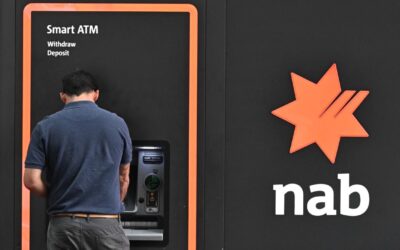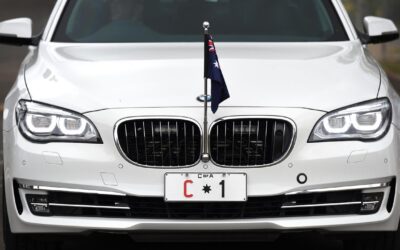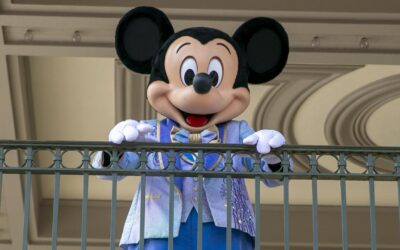Sorry, that’s old news…
You’ve found an older news story. We delete stories from our AAP News Feed after two months. But fear not, here’s today’s news!

The federal and state governments are being urged to come together to reach a funding agreement for overwhelmed ...

Expectations of an interest rate cut are likely to rise in Britain after data defied expectations by showing the ...

National Australia Bank shareholders have rejected resolutions related to deforestation, but its chairman says he ...

Ex-senator Linda Reynolds' application to have Brittany Higgins bankrupted has been approved in a Western ...

Australia's largest aluminium smelter has been handed a government lifeline to ensure it keeps running amid ...

Bipartisan support has been offered for reforming political perks as the opposition calls for a minister to step ...

Disney is taking a $1 billion stake in OpenAI, while also striking a deal that would allow its characters be used ...

State and territory health ministers are headed for a clash with their federal counterpart as tensions rise over a ...
No results found.
Background image courtesy victoriancollections.net.au